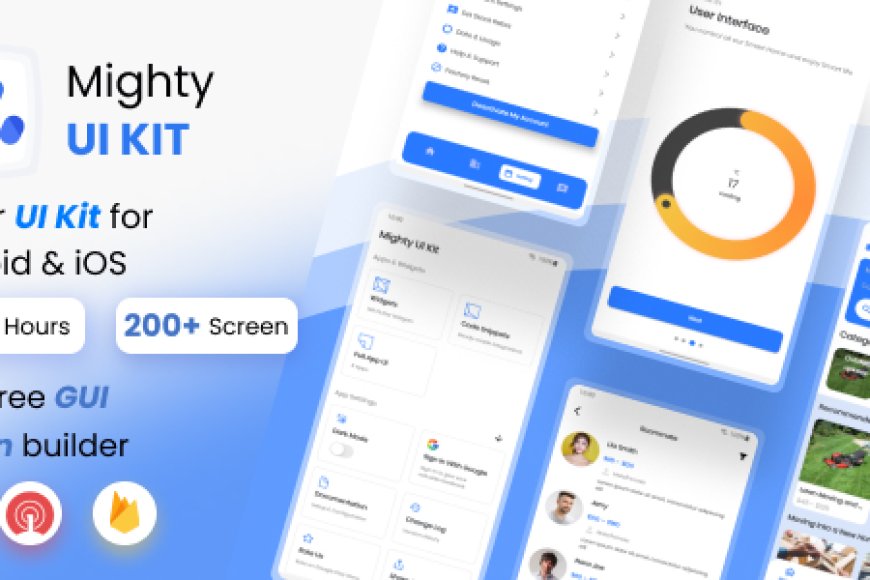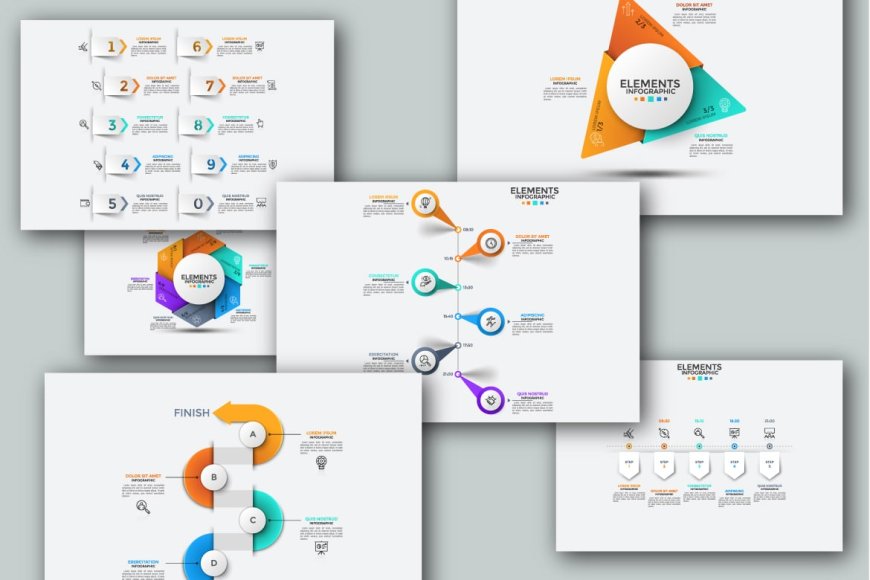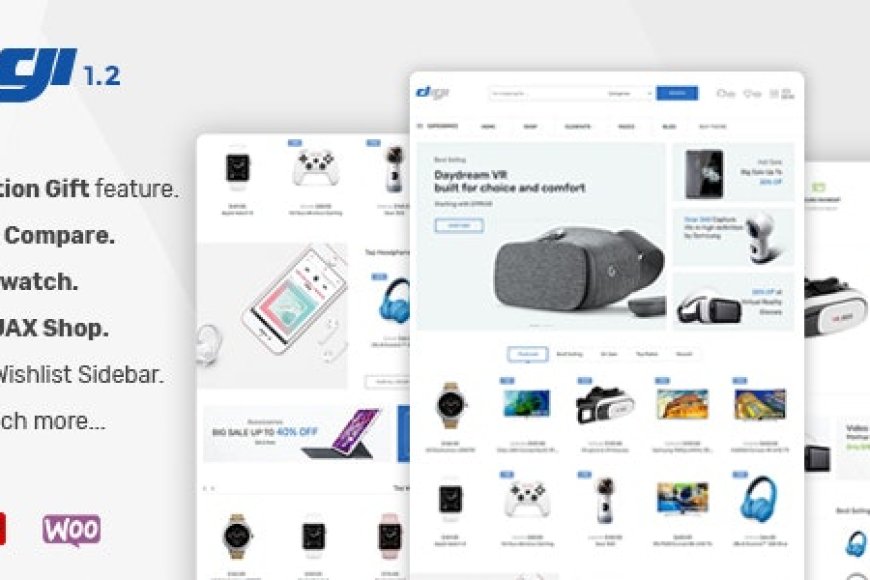5 Essential Tips for Using Yoast SEO to Improve Your WordPress Blog
5 Essential Tips for Using Yoast SEO to Improve Your WordPress Blog
Yoast SEO is one of the most popular SEO plugins for WordPress, trusted by millions of users to improve their website’s search engine optimization.
Are you struggling to get your WordPress blog to rank higher in search engines? If so, you’re not alone! Many bloggers face this challenge. The good news is that there’s a powerful tool you can use to help you optimize your site: Yoast SEO.
Yoast SEO is one of the most popular SEO plugins for WordPress, trusted by millions of users to improve their website’s search engine optimization. But, just installing the plugin isn’t enough. You need to know how to use it effectively to get the most out of its features.
In this article, we’ll share 5 essential tips to help you master Yoast SEO and boost your WordPress blog’s search engine rankings. These tips will help you optimize your content, configure settings, and ensure your blog stands out in search results.
Why Yoast SEO is Important for Your WordPress Blog
Before we dive into the tips, it’s important to understand why Yoast SEO is crucial for your WordPress blog. Yoast SEO is designed to help users easily optimize their content for search engines. It offers features like:
- Keyword optimization: Helps you focus on your target keywords.
- Meta tags: Allows you to create compelling title tags and meta descriptions.
- Readability analysis: Ensures your content is easy to read and engaging.
- XML sitemaps: Automatically generates sitemaps for faster search engine indexing.
Whether you’re a beginner or experienced blogger, Yoast SEO makes SEO more manageable and accessible, so you can focus on creating high-quality content while it takes care of the technical aspects.
Tip 1: Master the Yoast SEO Plugin Settings
To get the most out of Yoast SEO, you need to configure it properly. While Yoast SEO works well out of the box, customizing the settings can give you better control over your SEO efforts. Here’s how to do it:
-
Install Yoast SEO Plugin: Start by installing Yoast SEO from your WordPress dashboard. Once installed and activated, you’ll find a new menu option labeled SEO on the sidebar.
-
General Settings: The first thing you’ll want to do is head to SEO > General. Here, you can configure some important settings, such as the site name, logo, and integrations with search engines like Google Search Console.
-
Titles & Meta Settings: Under SEO > Search Appearance, you can configure title and meta description templates. These templates will be automatically applied to your posts and pages. It’s a great way to ensure that your titles and descriptions are SEO-friendly and consistent.
-
Social Settings: Go to SEO > Social to link your social media profiles to your website. This helps boost your site’s social signals, which can indirectly improve SEO rankings.
Tip 2: Focus on Yoast SEO Meta Tags
Meta tags are crucial for improving your blog's visibility in search engines. They give search engines a brief overview of your page’s content and help increase your chances of getting higher rankings.
Title Tags
Yoast SEO makes it easy to optimize your title tags. Your title tag is one of the most important elements for SEO. Yoast SEO automatically generates title tags based on your page's title, but you can customize them for better SEO.
- Best Practice: Keep your title under 60 characters to ensure it doesn’t get cut off in search results. Include your target keyword at the beginning of the title.
Meta Descriptions
Meta descriptions appear below the title in search results, giving users a preview of what your page is about. Yoast SEO allows you to customize meta descriptions for each post or page.
- Best Practice: Keep meta descriptions between 150-160 characters. Include a compelling call-to-action (CTA) and your focus keyword.
By customizing your Yoast SEO meta tags, you ensure that search engines and users are given clear and concise information about your content, increasing the likelihood of clicks.
Tip 3: Use Yoast SEO’s Readability Analysis
Good readability is key to retaining readers and improving SEO. Search engines, especially Google, prioritize user experience, so it’s important to create content that is easy to read and engaging. Yoast SEO includes a readability analysis feature that helps ensure your content is optimized for readability.
Here are some areas Yoast SEO will analyze:
- Sentence Length: Avoid long, complicated sentences that can confuse readers.
- Paragraph Length: Break up large paragraphs into smaller chunks to improve readability.
- Subheadings: Use subheadings to organize your content and make it easier to scan.
Why Readability Matters for SEO
Content that’s easy to read is more likely to be shared, linked to, and read by users. This improves user engagement metrics like time on page and bounce rate, which can positively impact your SEO rankings. Use Yoast SEO's readability analysis to make your content both SEO-friendly and user-friendly.

Tip 4: Generate an XML Sitemap with Yoast SEO
An XML sitemap is an essential part of SEO. It helps search engines understand the structure of your website, making it easier for them to crawl and index your pages. Fortunately, Yoast SEO automatically generates an XML sitemap for your site.
How to Use the Yoast SEO Sitemap
To access your sitemap:
- Go to SEO > General > Features.
- Find the XML Sitemaps option and ensure it’s turned on.
Once enabled, Yoast SEO will automatically generate a sitemap for your site. You can view it by adding “/sitemap_index.xml” to your website’s URL. For example, www.yourblog.com/sitemap_index.xml.
Why Sitemaps Matter for SEO
Sitemaps make it easier for search engines to find and index all your content, especially if your website has many pages or posts. By ensuring your sitemap is active, you improve the chances of your content being crawled and indexed efficiently.
Tip 5: Leverage Yoast SEO Premium Features
While the free version of Yoast SEO offers great functionality, upgrading to Yoast SEO Premium gives you access to even more powerful features that can further enhance your site’s SEO.
Here are some key premium features:
- Redirect Manager: Automatically redirects users and search engines when you change URLs. This is helpful for avoiding broken links and preserving SEO value.
- Internal Linking Suggestions: Yoast SEO Premium suggests internal links as you create content, helping you build a strong internal linking structure.
- 24/7 Support: Yoast SEO Premium users have access to premium support, ensuring any issues you encounter are resolved quickly.
Why Upgrade to Yoast SEO Premium?
If you want to take your SEO efforts to the next level, Yoast SEO Premium is worth considering. It provides additional features that can save time and help ensure your content ranks higher in search results.
Key Takeaways
- Configure Yoast SEO Settings: Properly set up Yoast SEO by configuring titles, meta tags, and social settings.
- Optimize Meta Tags: Customize your title tags and meta descriptions for better SEO and user engagement.
- Use Readability Analysis: Improve your content's readability with Yoast SEO’s readability tool to increase engagement and rankings.
- Enable XML Sitemaps: Ensure that Yoast SEO generates an XML sitemap to help search engines crawl and index your site.
- Upgrade to Yoast SEO Premium: Access advanced features like redirect management and internal linking suggestions with the premium version.
Frequently Asked Questions (FAQs)
1. How do I install Yoast SEO on WordPress?
- Go to your WordPress dashboard, click on “Plugins,” then “Add New.” Search for Yoast SEO, click “Install Now,” and activate it.
2. Does Yoast SEO work for beginners?
- Yes! Yoast SEO is user-friendly and offers helpful suggestions and tools for both beginners and experienced users.
3. What’s the difference between Yoast SEO free and premium?
- The premium version offers additional features like internal linking suggestions, redirect management, and 24/7 support.
4. Can Yoast SEO help improve my blog’s ranking?
- Yes, Yoast SEO provides tools to optimize your content, making it easier for search engines to understand and rank your content.
5. Do I need to manually update my XML sitemap?
- No, Yoast SEO automatically updates your sitemap whenever you add new content to your site.
By following these 5 essential tips and leveraging the power of Yoast SEO, you can dramatically improve your WordPress blog's search engine rankings. From optimizing meta tags to using advanced features in the premium version, Yoast SEO is a must-have tool for bloggers who want to succeed in SEO. Happy blogging!
You Might Also Like
Explore more from the same category






